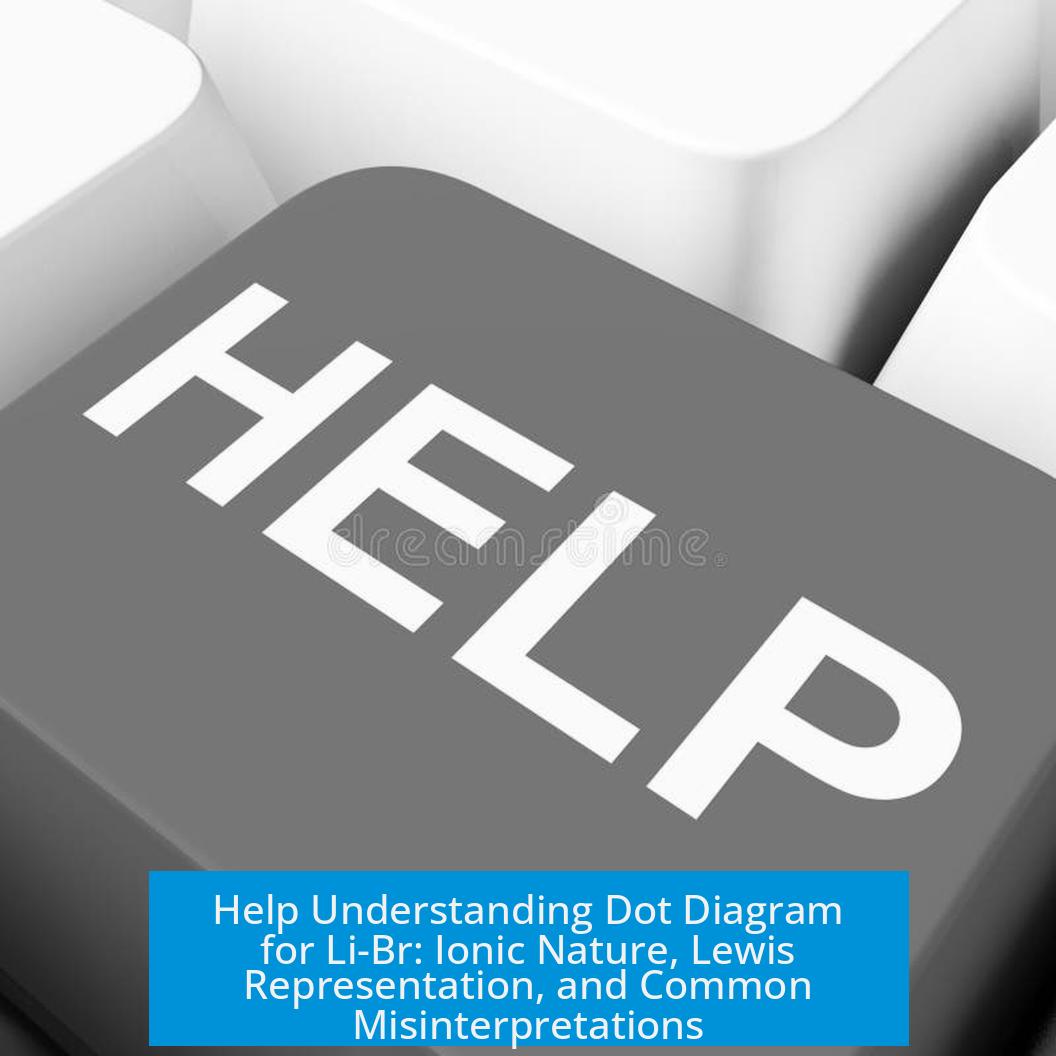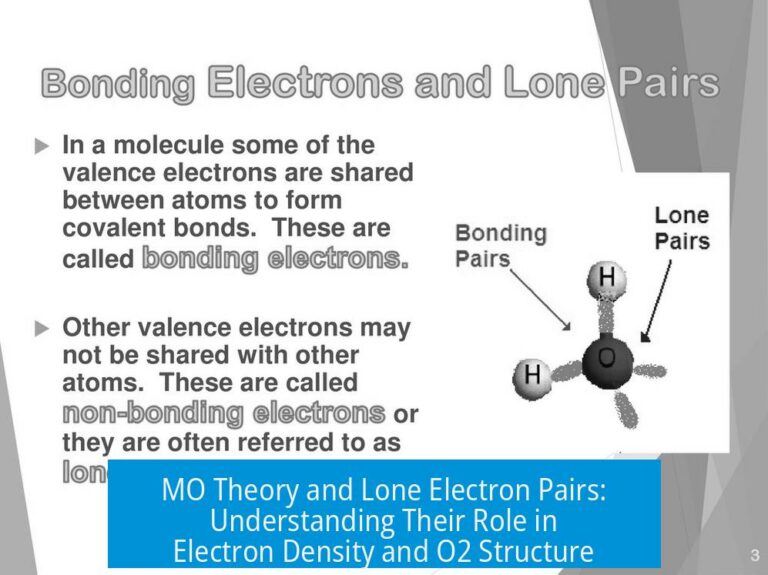Help Understanding Dot Diagram for Li-Br

LiBr is an ionic compound, so its Lewis dot diagram must reflect the transfer of electrons rather than sharing them. Lithium (Li) donates one electron to bromine (Br), forming Li+ and Br− ions. The bromide ion achieves a full octet, while lithium attains a stable, empty valence shell. This distinguishes LiBr from covalent compounds, where electrons are shared.
Why LiBr is Ionic and Not Covalent

LiBr forms an ionic bond due to the significant difference in electronegativity between lithium and bromine. Lithium is a metal with low electronegativity, and bromine is a nonmetal with higher electronegativity. This causes lithium to lose an electron easily, which bromine gains, resulting in ions with opposite charges. These ions attract each other, creating a strong ionic bond.
Correct Lewis Dot Diagram Representation
The proper Lewis dot structure for LiBr separates lithium and bromine into ions. Lithium is depicted without valence electrons inside brackets, labeled with a positive charge ([Li]+). Bromine is shown with eight dots around it, indicating a full octet, inside brackets with a negative charge ([Br]−).
| Element | Valence Electrons | In LiBr Diagram | Charge |
|---|---|---|---|
| Lithium (Li) | 1 | No dots shown | +1 (cation) |
| Bromine (Br) | 7 | 8 dots shown (full octet) | –1 (anion) |
Common Misinterpretations of Dot Diagrams
A single line or shared pair of dots between elements symbolizes a covalent bond, where electrons are shared. Such diagrams are correct for covalent molecules but inappropriate for LiBr. Using a line or shared pair between Li and Br misrepresents LiBr’s ionic nature. Instead, the ions should be depicted separately to show electron transfer.
Drawing a bond line suggests shared electrons, which contradicts LiBr’s bonding where electrons move from lithium to bromine. Recognizing this difference clarifies why the Lewis diagram for LiBr places the ions side by side rather than connected by a line.
Summary of Key Points
- LiBr forms an ionic bond due to electron transfer from Li to Br.
- Lithium becomes a cation (Li+) with no valence electrons shown.
- Bromine becomes an anion (Br−) with a full octet of eight electrons.
- Dot diagrams with shared pairs or lines indicate covalent bonds and are incorrect for LiBr.
- Electronegativity differences explain why LiBr is ionic, not covalent.
What does the dot diagram for LiBr represent?
The dot diagram shows lithium as a positive ion (Li⁺) and bromine as a negative ion (Br⁻) with a full octet. It reflects an ionic bond where electrons are transferred, not shared.
Why is a single line in a dot diagram incorrect for LiBr?
A single line indicates a covalent bond with shared electrons. LiBr is ionic, so electrons are not shared but transferred. Using a line misleads the bond type.
How does electronegativity explain the ionic bond in LiBr?
Lithium and bromine have a big difference in electronegativity. Lithium loses an electron, bromine gains it, forming ions. This causes an ionic bond, not a covalent one.
Why does bromine have eight electrons in LiBr’s dot diagram?
Bromine gains an electron from lithium, completing its octet with eight electrons. This full shell shows it is a bromide ion (Br⁻) after electron transfer.
Can LiBr be represented by sharing electrons like covalent bonds?
No. LiBr involves electron transfer, not sharing. Covalent bonds have shared electrons shown by lines or pairs of dots, so such diagrams do not apply to LiBr.





Leave a Comment